© ROOT-NATION.com - Use of content is permitted with a backlink.
I usually don’t write about fire safety. Even the thought of a fire triggers obsessive thoughts and paranoia. But with the start of the unholy trio, “Shelling-Heat-Blackouts,” my work has pushed me to do two things I would have never done before. Specifically—filling my apartment with EnerGenie batteries, Rivacase power banks, and EcoFlow charging stations.
Video on Safety with EnerGenie/EcoFlow/Ajax

This material is my response to the growing dangers, because lithium-ion and lithium-polymer batteries are quite risky. They can swell, sometimes explode, and sometimes simply catch fire, releasing toxic substances in the process. Extinguishing them is extremely difficult.
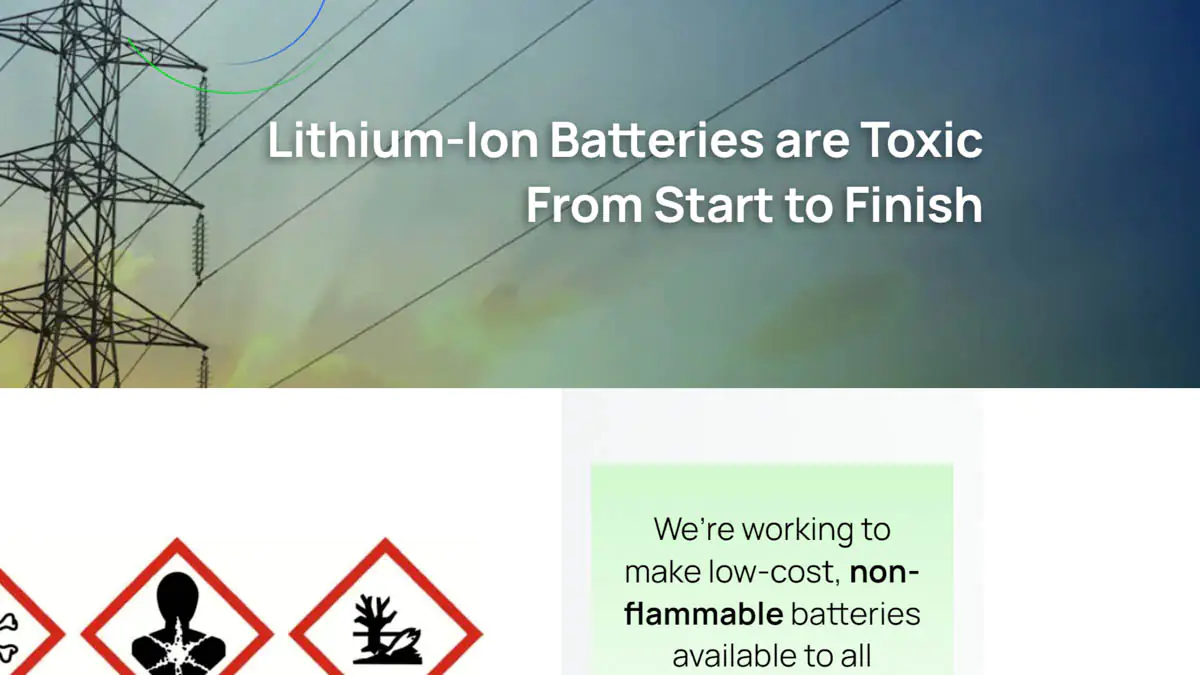
And due to my paranoia, I’m even a bit afraid of the EcoFlow River 2, despite it being the most reliable device I have in my apartment. So, I’ll share how to avoid danger, or if it’s unavoidable, how to minimize the risks. I’ll explain how to prepare and what to do if things go wrong.
Too cheap is dangerous!
Let’s start with the obvious. It’s better to prevent problems than to fight the consequences. DON’T BUY just anything. Cheap Chinese chargers, power banks, and charging stations not only fail to deliver on the promises written on the label, but they also don’t cost much less.
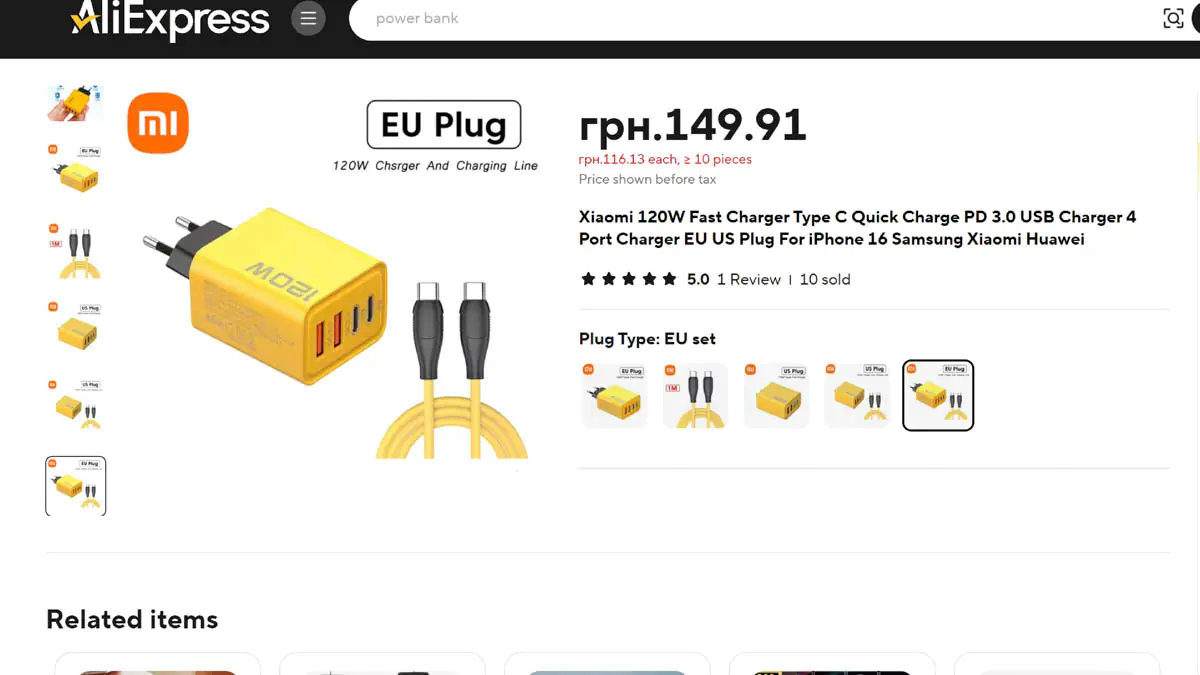
In fact, to my rule of “not buying or recommending motherboards, system SSDs, and power supplies from AliExpress or similar sites,” I’m now adding power banks and batteries as well.

Go for certified products. Buy from official stores with a manufacturer’s warranty. Saving 10-15% could cost you a burned-down apartment. Try to avoid grey-market goods, as they might be contraband or defective units. And if you’re lucky, they’ll JUST not work—but they could also catch fire. Also, be VERY cautious of DIY tinkerers who solder UPS units with exposed wires. It’s one thing to use an EnerGenie battery and inverter, which are certified and designed for specific conditions.
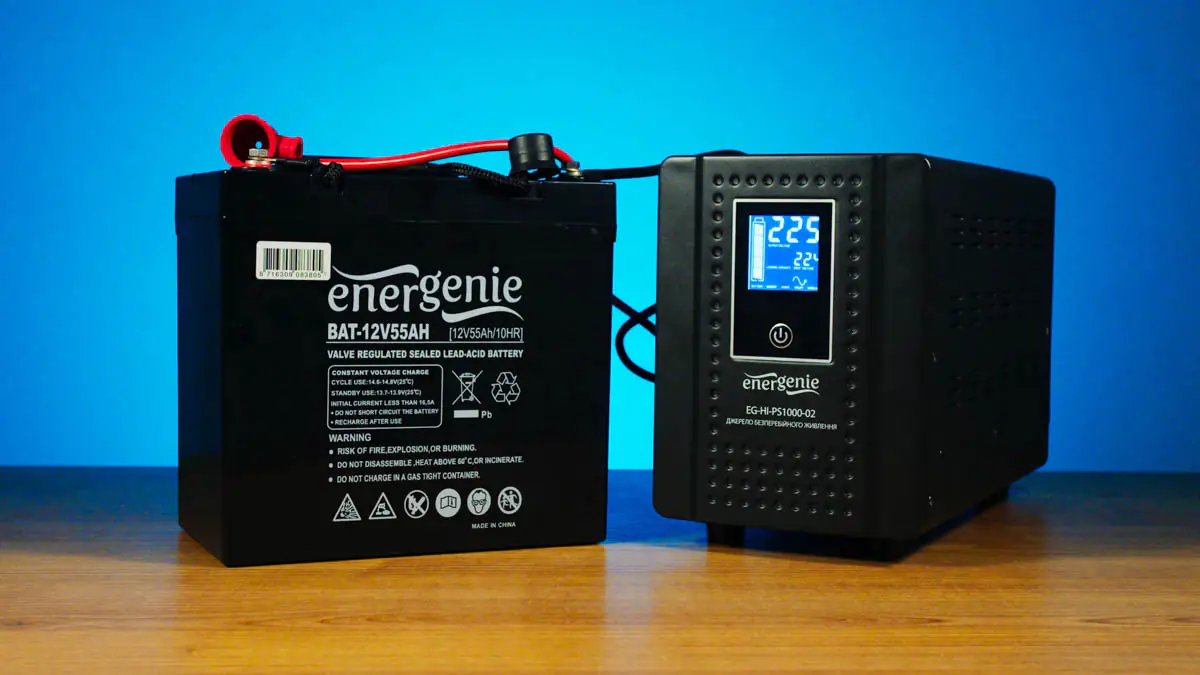
It’s a completely different story when you have an inverter from who knows where, soldered to—worst case—a battery salvaged from a wrecked Tesla. And no one will tell you this, or they’ll say something like, “Don’t worry, I’ve done it a million times.” Well, it only takes one time for it to explode. Remember, a sapper makes only one mistake—don’t forget that.
Overheating
One of the reasons batteries explode is overheating. Power banks, for example—especially black ones—aren’t designed to operate under direct sunlight, so they should always be kept in the shade.

If a power bank, charging station, or UPS is loaded with more than 100W, it must have active cooling in place.
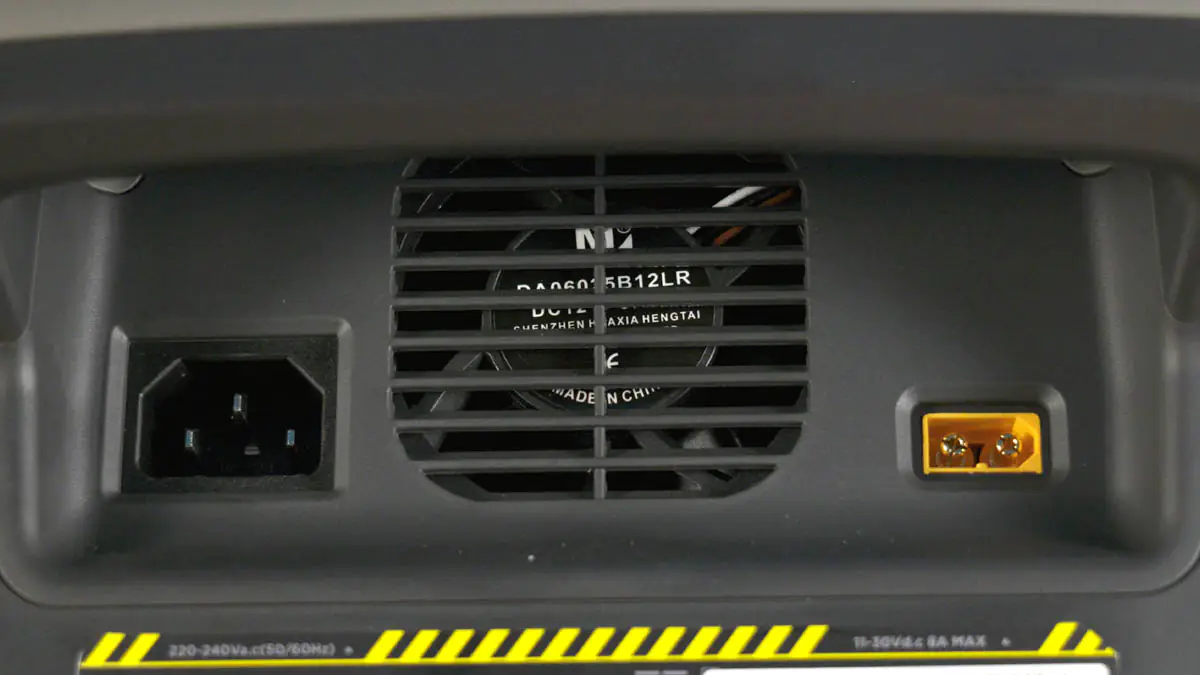
Let it be loud—better loud than dangerous. Once you’ve charged the device, unplug it and enjoy the silence. Yes, in some devices, like the EcoFlow River 2 or UPS units for computers, you can’t control the fan. However, you can avoid putting a load of more than 100W on the River 2. For example, my lighting for video shoots consumes up to 50W.
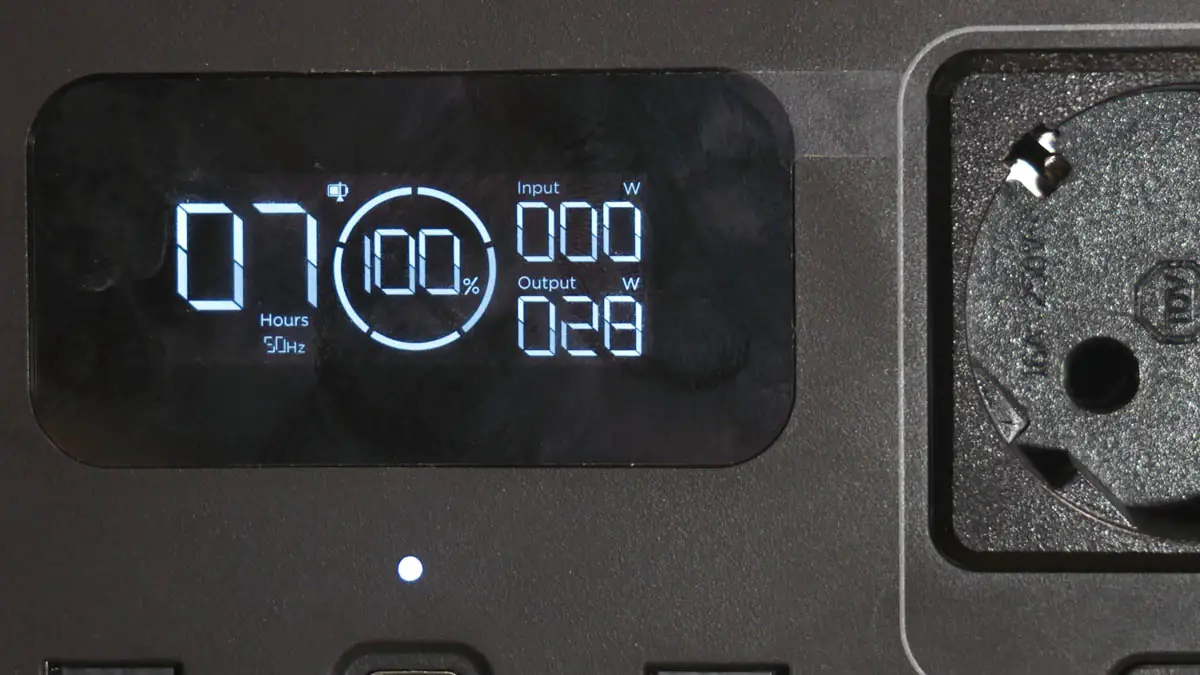
It’s also important that if you have the option to power a laptop using a charging station—either via Type-C or through a power adapter—I recommend choosing Type-C. This is because the battery inside the charging station is most likely 12 volts, and using Type-C won’t engage the main power of the transformer, resulting in minimal heat and noise.
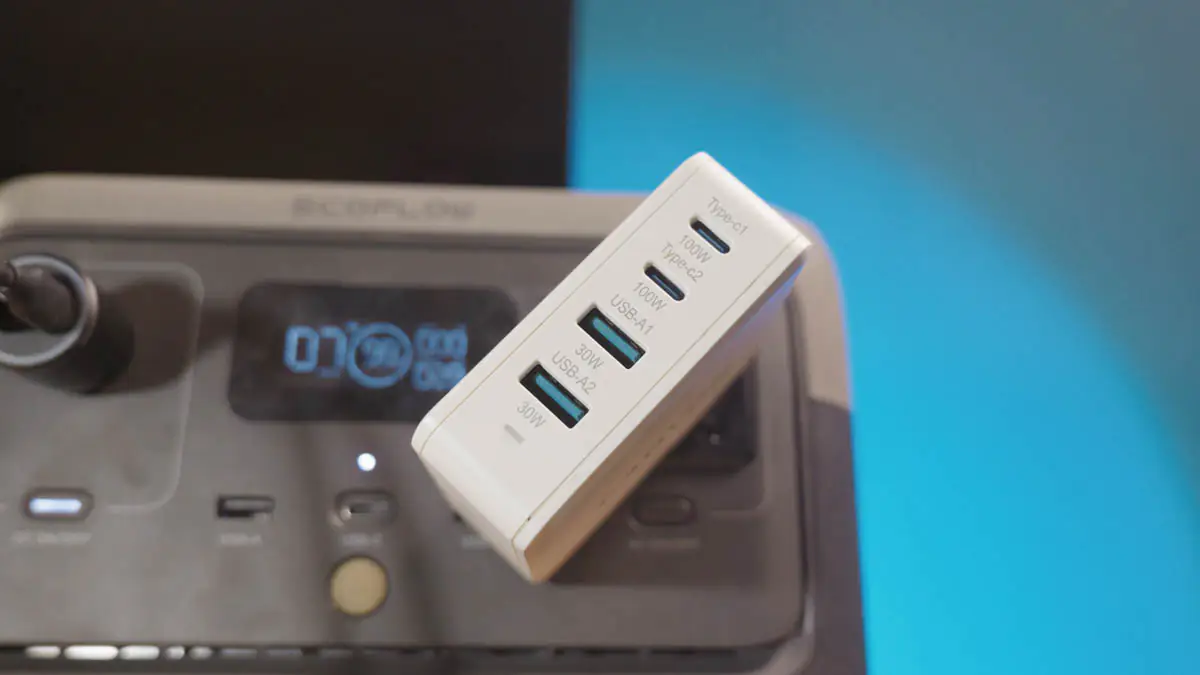
Voltage surges
Now, here’s a recommendation related to blackouts—not just the absence of light, but specifically regarding unstable power supply. When the voltage in our apartment fluctuated, it jumped so much that the lights in the fixtures were flickering, but the refrigerator wasn’t working. Because of this, neither my favorite ZMI No. 20 power bank nor the Rivacase power banks can serve as a mini-UPS for lighting, even though they did so a year ago.
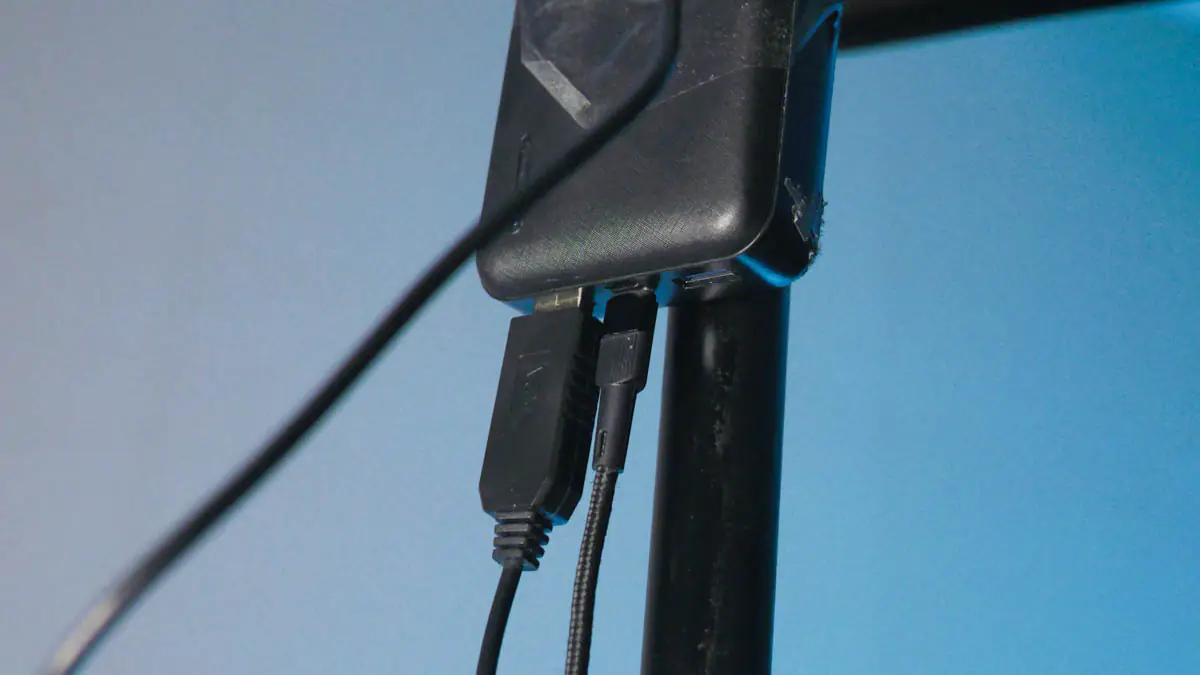
This doesn’t significantly impact batteries or UPS units if their circuitry is of sufficient quality, but it will affect devices like heaters in winter. My personal recommendation is to never use 220V heated blankets. Opt for USB models instead. A voltage spike could cause the blanket to catch fire.
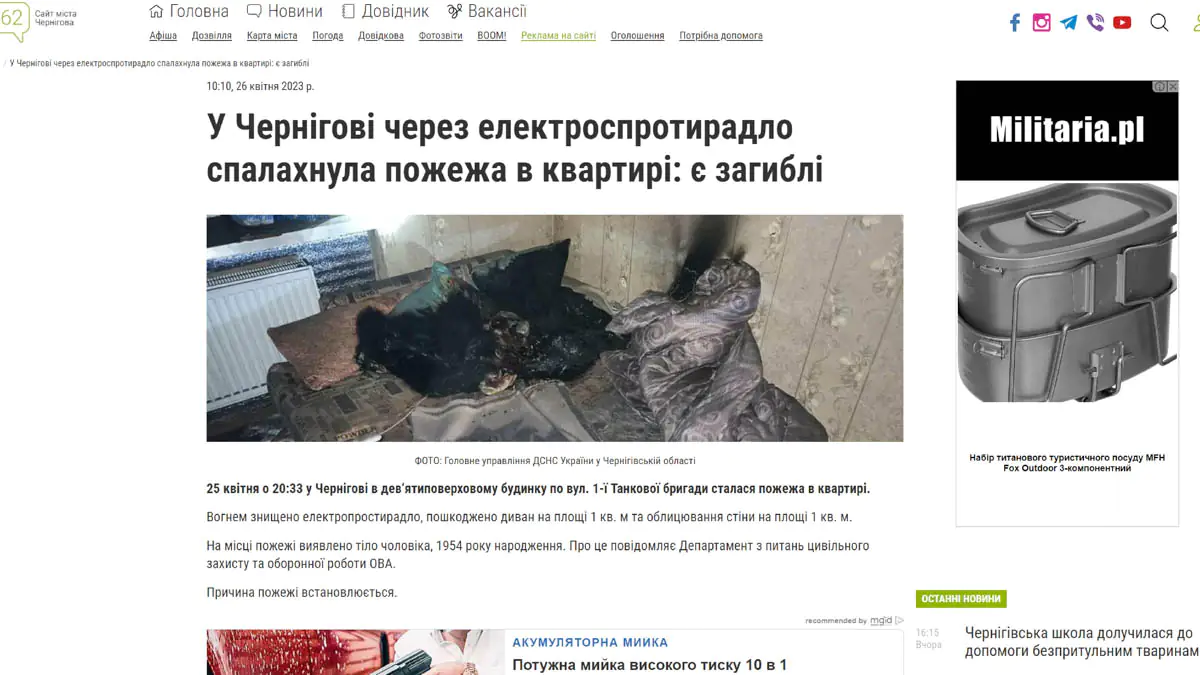
To minimize the impact of these issues, consider purchasing voltage stabilizers. Smart plugs like those from Ajax are also suitable, as they help me understand the condition of the electrical network. Plus, receiving notifications in the middle of the night when power is restored is invaluable, allowing you to plug in at least some power banks for charging.
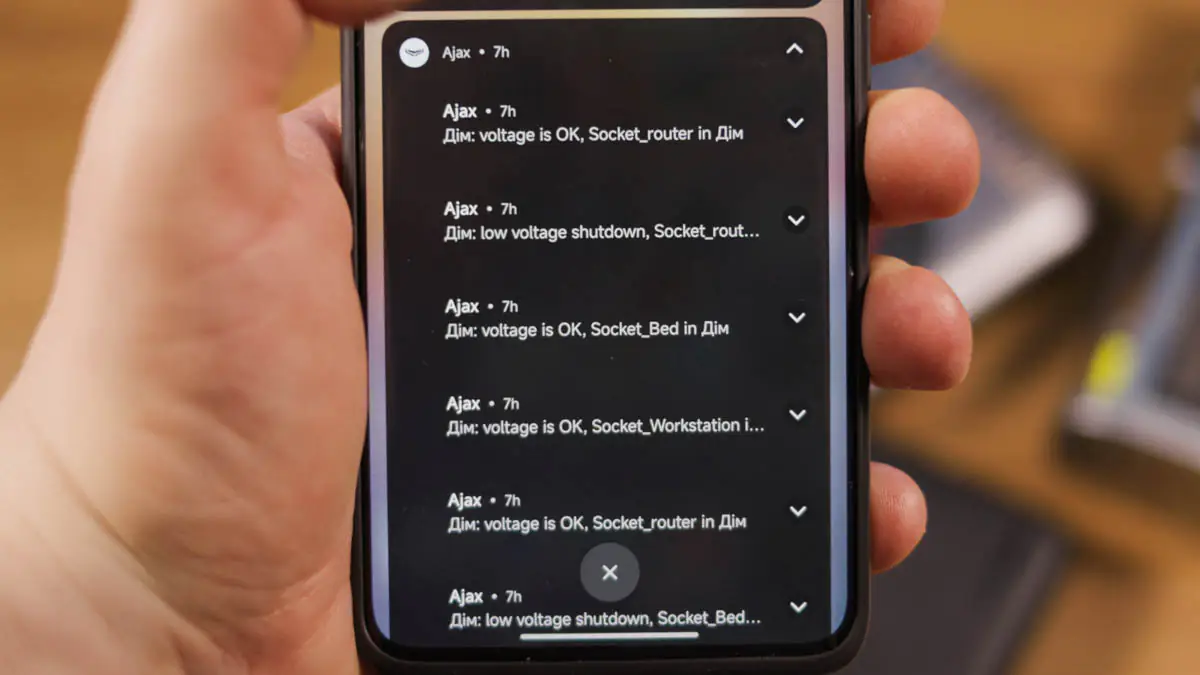
Voltage spikes rarely occur, but they can also affect the charging of smartphones and power banks if they are charged at speeds over 65W. This happened more frequently in India, where the heat is constant—but it’s also a threat under our heat conditions. So, if you’re charging your smartphone overnight, don’t place it near your head or under your pillow; this allows the phone to dissipate heat. Alternatively, if you have a night charging mode, be sure to activate it.

This is less of a concern for power banks, as they are generally larger and have more space for heat to dissipate. However, if you have any suspicion that a cable is damaged—such as if it only works at a certain angle—dispose of it immediately, as it poses a risk.
Fire extinguishers
And the most important point to end on: What should you do if a fire breaks out? You must have a fire extinguisher. It’s generally a good idea to have a fire extinguisher in your apartment, but for lithium-ion devices, you need a specialized one. And this is where things get serious.
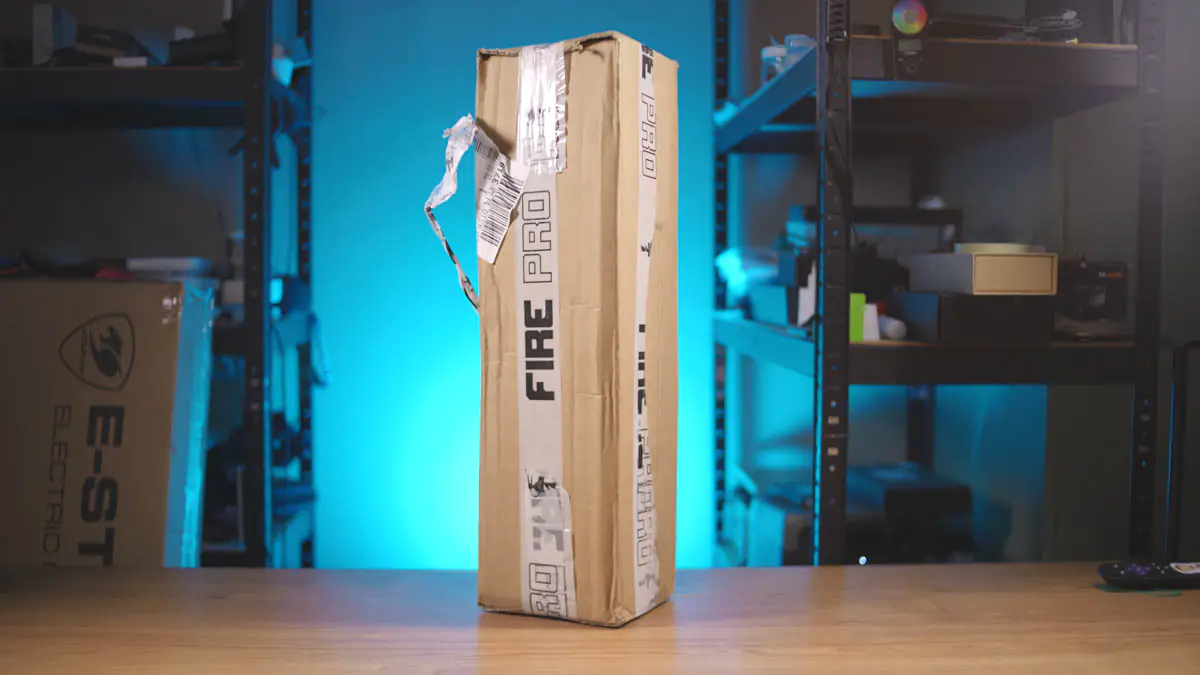
Officially, for extinguishing alkaline metals, a Class D fire extinguisher is recommended. However, this certification, as I’ve been told, pertains more to the quality of the extinguisher’s construction than its intended use. I might be mistaken, and I sincerely hope someone in the comments can either confirm my statement or clarify the facts. But…
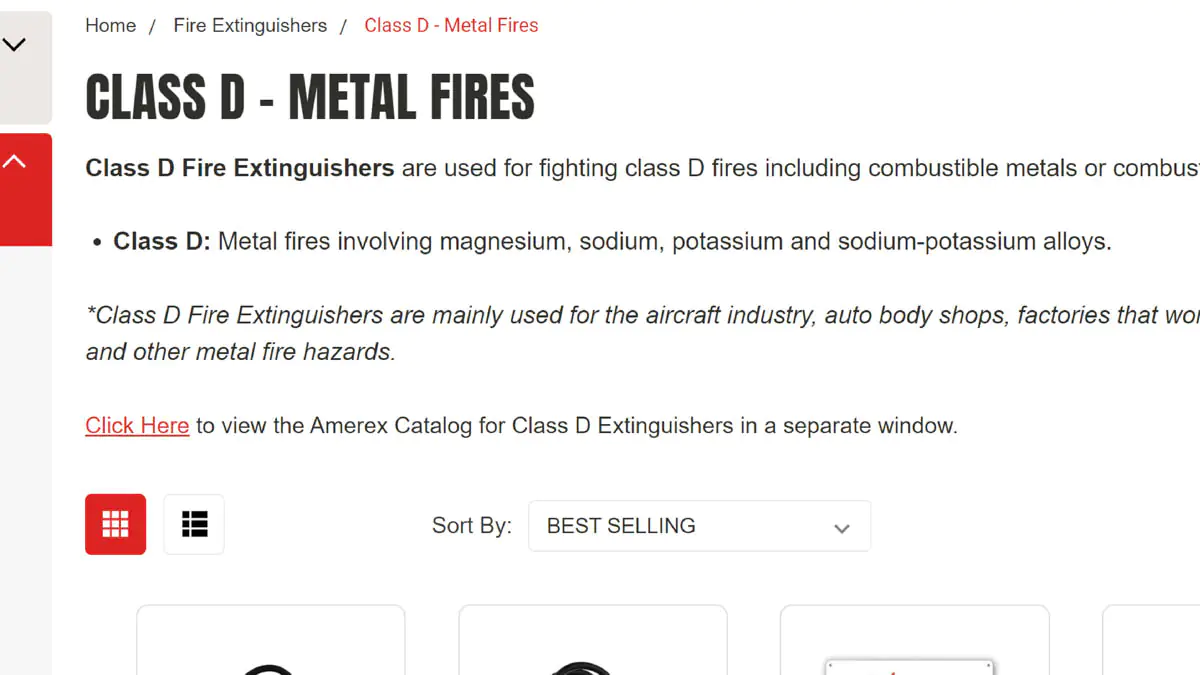
Certification by class does not mean that only that specific type of fire extinguisher is suitable for a given task. For extinguishing fires involving batteries in general, any powder-based extinguisher is appropriate, particularly a Class E powder extinguisher. Class E, I quote, “is designed for extinguishing fires involving electrical equipment with a voltage of up to 1000 V.” This means it is intended for non-industrial fires. So, if you don’t have an industrial facility, it should work for you.
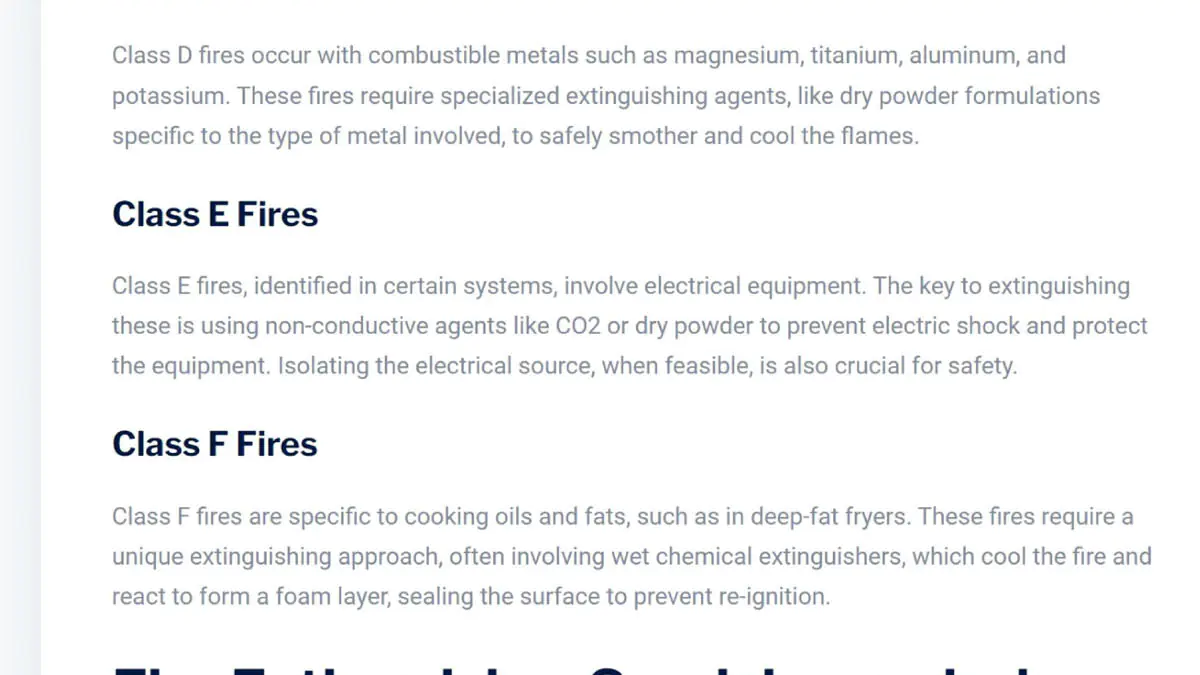
Sensors and power supply
Also, don’t forget to turn off the circuit breakers before attempting to extinguish a fire. Circuit breakers sometimes trip automatically if a short circuit occurs. However, if disaster strikes, it’s best to double-check. Additionally, to prevent a fire from catching you off guard at night, you can use fire detectors from Ajax.
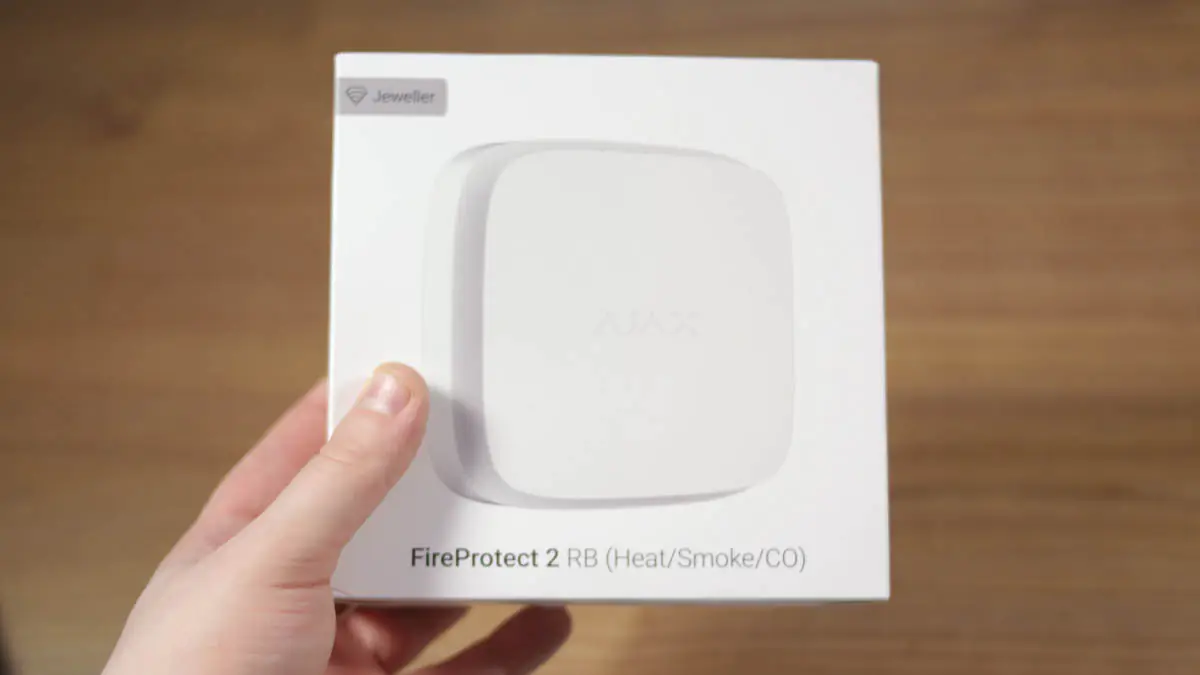
If you have at least one outlet from this company, then you also have a hub, and adding sensors to the hub is a quick task. FireProtect, FireProtect Plus, and FireProtect 2 RB (Heat/Smoke/CO) are available in black or white—whichever you prefer.
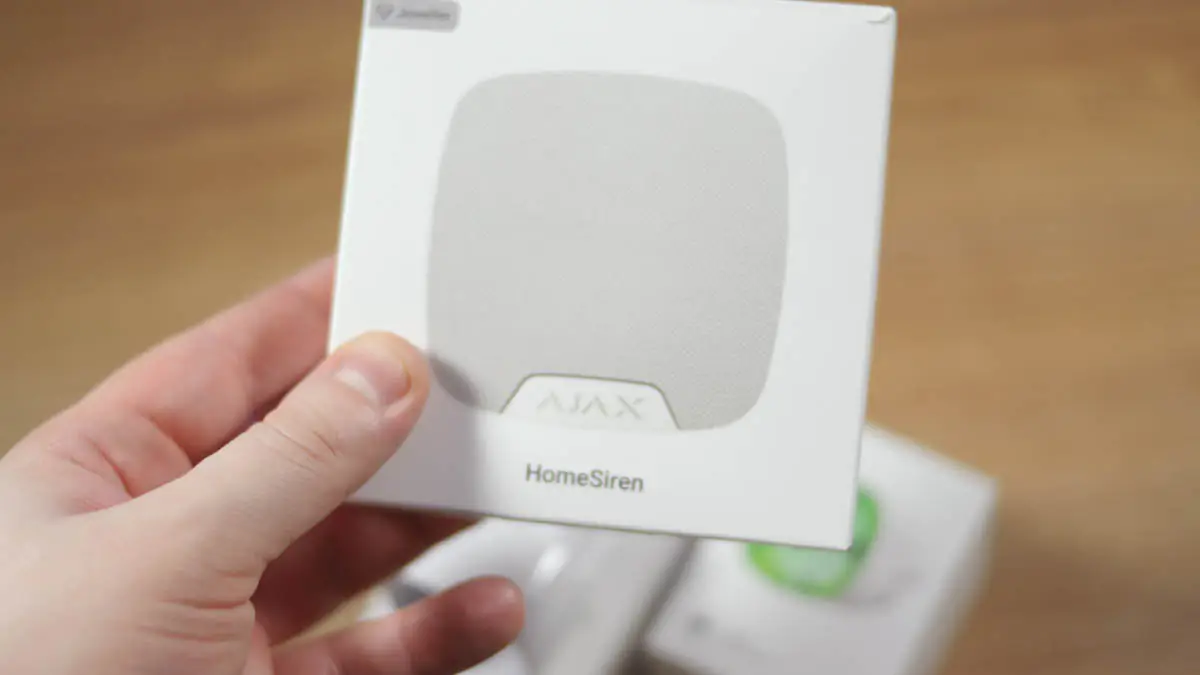
Conclusions
It’s best not to dwell on the negative, but you should be prepared for it. Even if you have entirely branded equipment—certified EcoFlow and EnerGenie devices, and all official power banks that are always kept in the shade—something unexpected can still happen that neither you nor I accounted for. So keep in mind: it’s better to be cautious than to regret it later.
Read also:
- Cubot KingKong Star 2 5G Smartphone Review: Stylish and Rugged
- Review of Nubia’s New Releases: Comparing Neo 2 5G, Focus 5G, and V60 Design
- Motorola Edge 50 Neo Smartphone Review

